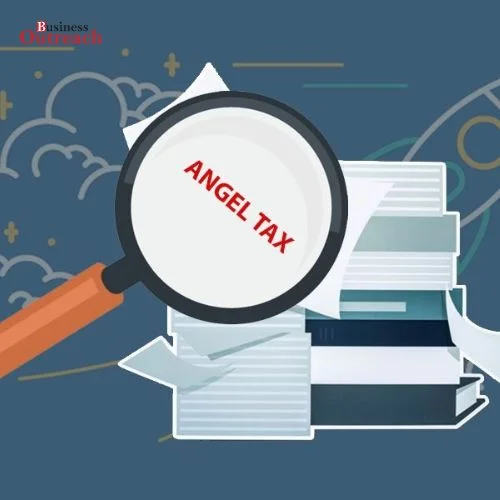Grofers is a service that not only connects users with local retailers, but also delivers goods within 90 minutes..Its goal is to eliminate the necessity for consumers to go to local stores to acquire consumer products instead of ordering them online.
Grofers is an Indian online grocery delivery service located in Gurugram that was started in 2013. Buyers may purchase groceries, veggies, bakery items, infant care items, and other necessities on the e-commerce start-up site. Grofers was developed by IIT grads Albinder Dhindsa and Saurabh Kumar as an online platform that would allow users to order food from nearby businesses and have them delivered to their homes. Grofers was started at a time when the bulk of start-ups were springing up in practically every city. Grofers, on the other hand, was able to grow its operations and reach with the help of investors like Sequoia Capital and SoftBank, and eventually competing with industry giants such as Big Basket.
How do Grofers get their orders delivered in ten minutes?
During explaining how Grofers achieves its 10-minute delivery, Dhindsa stated that the company’s partner stores are all within 2 kilometres of the clients, which is a significant benefit. The firm now has over 60 partner stores in Delhi and over 30 partner stores in Gurgaon, as well as an acceptable network of partner stores in other relevant cities such as Mumbai, Kolkata, and Bengaluru.
Dhindsa went on to say in his Twitter post that because the outlets are so close together, Grofers can easily deliver 90 percent of the orders in 15 minutes, even if the drivers are only driving at 10 km/h. Furthermore, Grofers’ in-store management and administration, aided by new technology, is now so well-organized that they can pack orders in as little as three minutes after receiving them. Grofers are a type of rider “Orders are not (dis)incentivised to be delivered as quickly as possible. They go at their own speed and at their own time, “Dhindsa said. Grofers has had no recorded rider accidents in the previous two months, according to the founder, who cited statistics from when they first started the 10-minute food delivery procedure.
Business Model of Grofers
Grofers is a shipping service and logistical device that works on a business-to-consumer (B2C) paradigm. Grofers’ principal job is to bring groceries, as well as vegetables, fruits, and other daily necessities, to its clients within a few hours. Grofers provides delivery services by keeping stock of items in its own storage.In the cities where it operates, the firm partners with small and major grocery stores. To complete the order, the delivery boys pick up the order and deliver it to the consumer. You may place your purchase by going online and utilising Grofers website or the Grofer app, which is accessible on most major app stores.
Revenue making model of Grofers
Grofers has partnered with local merchants and business owners to provide grocery and daily needs items in the neighbourhood. On these orders, Grofers charges these merchants a commission. When orders are less than 700, the commission runs from 8% to 15%, and when orders are less than 1000, the fee ranges from 12% to 15%. When an order is less than INR 250, Grofers additionally charges a delivery cost.
Future plans of Grofers
Grofers expects to earn Rs2,200 crore in the current fiscal year. It ended March with monthly revenues of Rs120 crore, up from Rs26 crore the previous month. BigBasket, on the other hand, routinely achieves sales of Rs 200 crore and expects to complete FY19 with monthly sales of Rs 500 crore. As a result, Grofers has set a goal for itself and is hoping to achieve the greatest sales statistics conceivable.
Grofers now have enough finances to expand and create their brand with great success. It is already the third-largest of the online grocery delivery platforms, with 13% of the overall market share. Bigbasket is the market leader, accounting for over 37% of the entire market share.
Grofers aspires to be a global leader in the digital delivery industry, and it is constantly growing its product offerings, which have expanded beyond groceries to include bakery goods, fruits, flowers, infant care, and pet care, among other things. The company does not want to grow into tier II and tier III cities in order to give the best possible service to its consumers.















